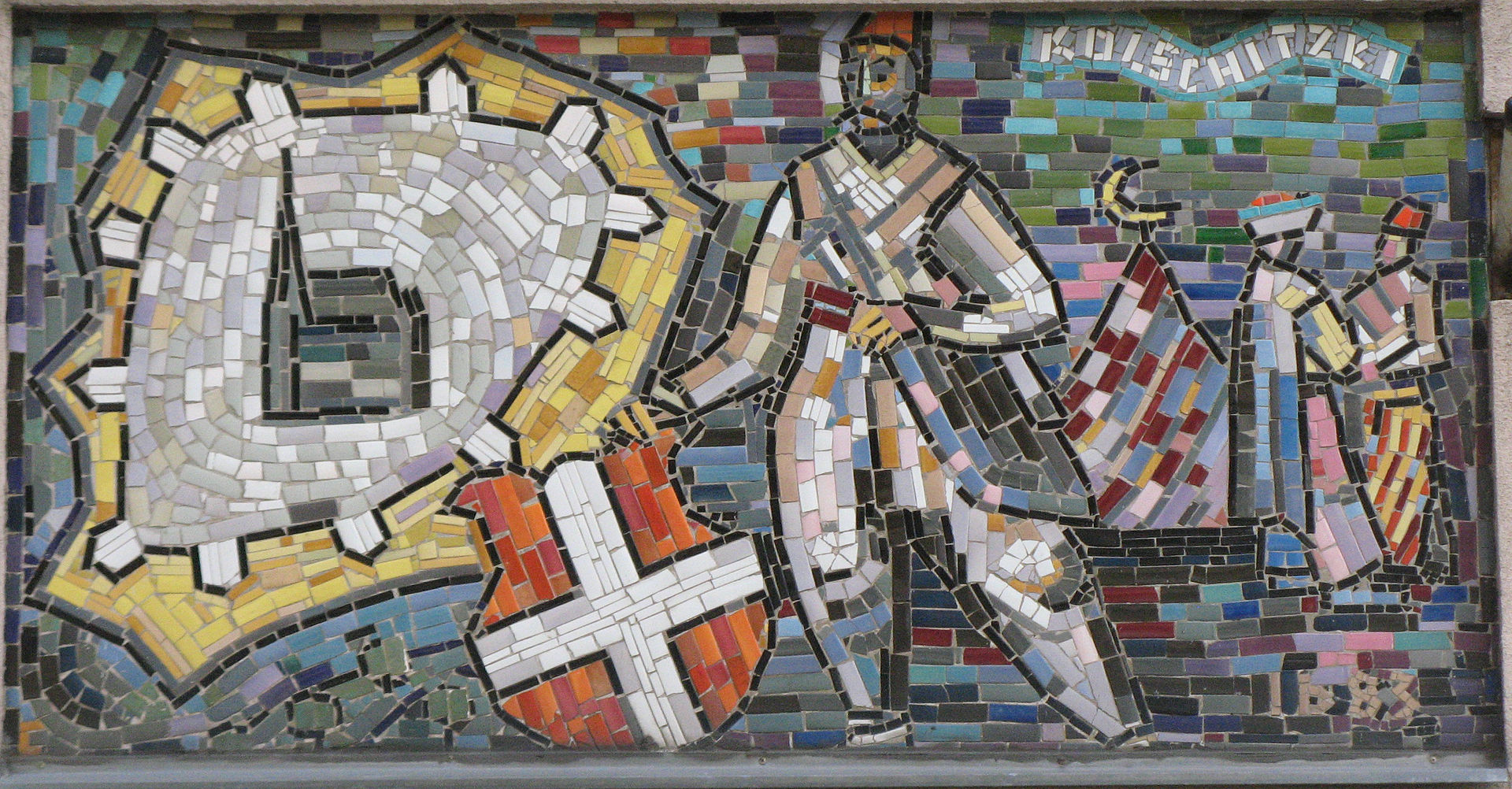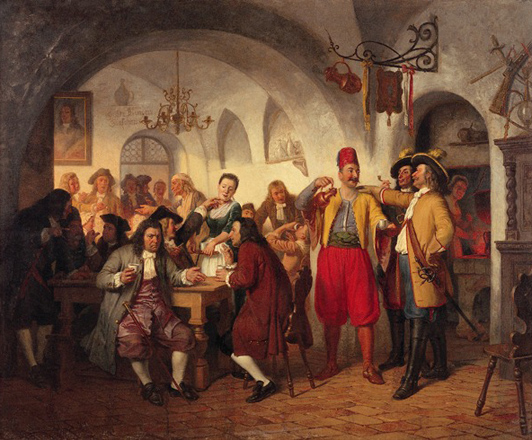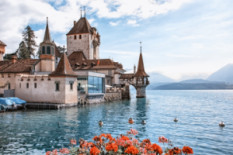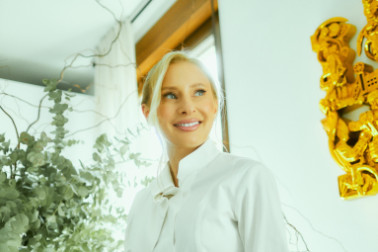People were not inspired by the idea of consuming the national product of their enemies. However, Yuriy Kulchitskiy used all his creativity and merchandising talent to change Europeans' minds. Coffee quickly gained popularity all over Europe due to Kulchitskiy's effective advertising campaign. Yuriy-Franz Kulchitskiy was a merchant, a warrior, a translator, and an adventurer. He was born in 1640 in Kulchitsy village in Lviv oblast. In his young years, Yuriy left his homeland to join Zaporozhian Cossack Army.
During one of the military expeditions, Yuriy was captured by the Turkish army. However, Kulchitskiy took all the possible advantages from his imprisonment. He has learned the Turkmen language and traditions, including the coffee consumption tradition. After some time, Yuriy was redeemed by Serbian merchants. He began to work as a translator in Belgrade. It should be mentioned that besides the Turkish language, Yuriy also spoke Romanian, German, Polish, and Hungarian languages. Kulchitskiy saved some money and opened his own trading company in Vienna.
 In the middle of July 1683, the short period of peace in Europe was over. Several thousand strong armies of the Ottoman Empire laid siege upon the capital of Austria. In this hard time, Yuriy offered Vienna dwellers his help. He put on Turkish clothes, left the occupied city with his assistant, and went to the Duke of Lorraine to ask for military support. After this, the Cossacks returned to Vienna together with military allies army. When Europeans won a victory over the Turkish army, Yuriy was assigned the hero status. He was given a large sum of money and a house in the elite district of Vienna. Yuriy picked up 300 bags of coffee in an abandoned Turkish camp as a trophy.
In the middle of July 1683, the short period of peace in Europe was over. Several thousand strong armies of the Ottoman Empire laid siege upon the capital of Austria. In this hard time, Yuriy offered Vienna dwellers his help. He put on Turkish clothes, left the occupied city with his assistant, and went to the Duke of Lorraine to ask for military support. After this, the Cossacks returned to Vienna together with military allies army. When Europeans won a victory over the Turkish army, Yuriy was assigned the hero status. He was given a large sum of money and a house in the elite district of Vienna. Yuriy picked up 300 bags of coffee in an abandoned Turkish camp as a trophy.

First, Kulchitskiy walked along Vienna streets with a tray of coffee jars and offered citizens to try the drink, but Austrians found the coffee taste too bitter. Then Kulchitskiy experimented with the recipe, filtering coffee grouts and adding sugar, honey, and milk. That is how the famous coffee a la Vienne was born. Vienna dwellers loved the new taste of the drink offered by Yuriy. Kulchitskiy served his coffee with small croissants made as Ottoman half-moons. Eating such a dessert symbolized victory over Turkmen, so the citizens of Vienna enjoyed it very much.
In 1686, Yuriy Kulchitskiy opened the first European coffee house in his living building. This place, which was called “The House under the Blue Glass” («Hof zur Blauen Flasche»), became one of the most popular cafes in the city. The owner, dressed in national Turkish clothes, served drinks himself.

After two hundred years, Vienna dwellers decided to memorialize the great Cossack. On 12 September 1885, on the anniversary of the liberation of Vienna from the Turkish invasion, a bronze memorial to Yuriy Kulchitskiy was installed on one of the corner buildings on the street named in honor of the Cossack. The full-length figure of Yuriy in Turkish costume holds a tray with coffee cups in the left hand. In 2013, a monument to Yuriy Kulchitsky was also opened in Lviv.
Photo sources: novostiua.net, wikipedia.org, pearl-coffee.org, shutterstock.com. All photos belong to their rightful owners.







